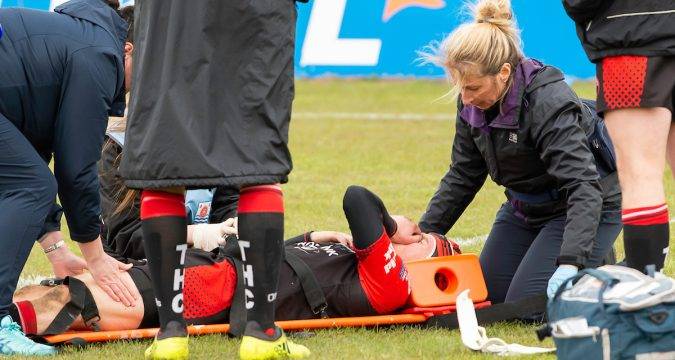 THERE is an estimated one concussion every two games in Super League, according to data provided by Professor of Sports Physiology and Performance at Leeds Beckett University Ben Jones.
Jones went through a detailed presentation about the current research being done into head knocks - something which is becoming increasingly prevalent in the gam
THERE is an estimated one concussion every two games in Super League, according to data provided by Professor of Sports Physiology and Performance at Leeds Beckett University Ben Jones.
Jones went through a detailed presentation about the current research being done into head knocks - something which is becoming increasingly prevalent in the gam ‘One concussion every two games’ – stark Super League statistic as professor outlines revolutionary mouthguard technology despite some refusal to wear it
 THERE is an estimated one concussion every two games in Super League, according to data provided by Professor of Sports Physiology and Performance at Leeds Beckett University Ben Jones.
Jones went through a detailed presentation about the current research being done into head knocks - something which is becoming increasingly prevalent in the gam
THERE is an estimated one concussion every two games in Super League, according to data provided by Professor of Sports Physiology and Performance at Leeds Beckett University Ben Jones.
Jones went through a detailed presentation about the current research being done into head knocks - something which is becoming increasingly prevalent in the gam 